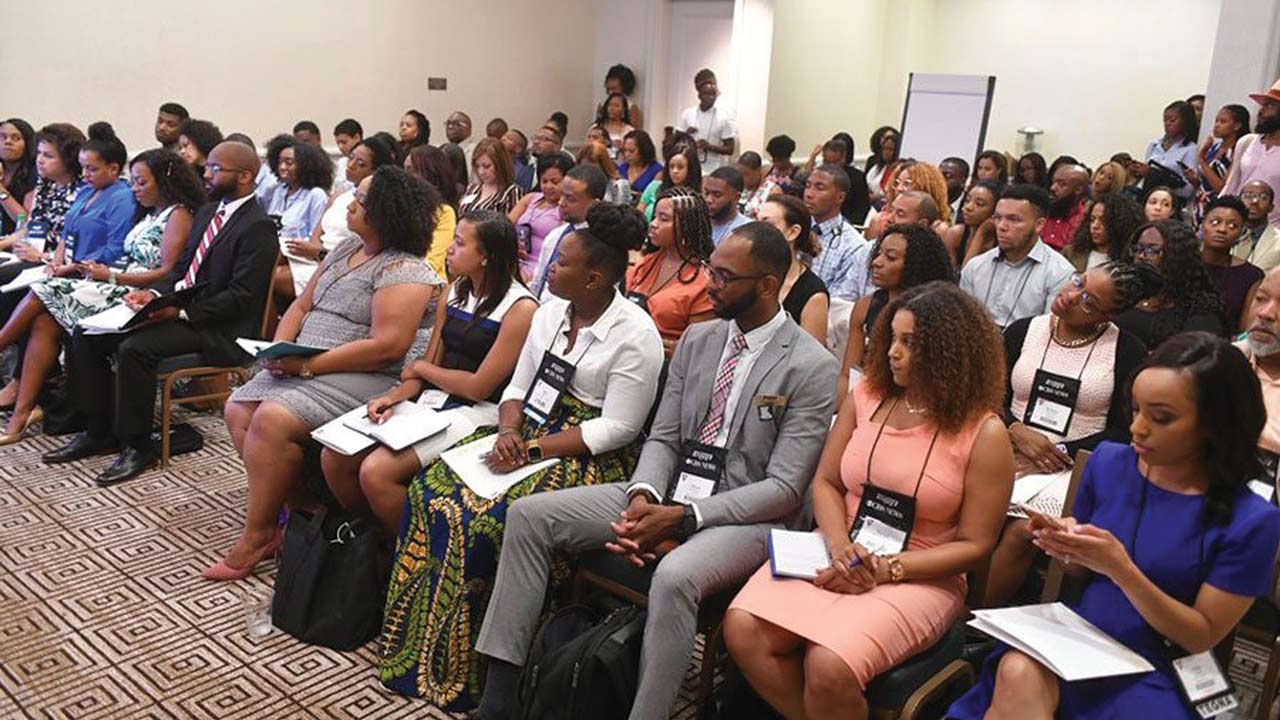
A non-governmental Organisation, Art for Humanity Foundation, recently trained 10 independent photojournalists on ethical reportage of migration issues in Edo State.
Executive Director of the Foundation, Osaze Efe, said the two-day training was organised in partnership with the Italian Agency for Development Cooperation and United Nation Educational Scientific Cultural Organisation (UNESCO).
Efe said the training was designed to develop capacities of photojournalists to raise awareness on migratory information and risks.
“The training is expected to build the capacity of photojournalists to produce visual contents for media and stakeholders that are unbiased in relation to migrant and refugee issues,” Efe said.
He explained that visual stories were the main sources that potential migrants used to gain knowledge on migration, adding that capacity building for photojournalists would amplify migrant stories and promote informed decision making on migration.
The guest lecturer, Dr. Eddy Akpomera, a lecturer in the department of political science, University of Benin, said migration promotes development and integration of societies when orderly.
In his paper presentation, titled, ‘Migration and Visual Story Telling,’ Akpomera said migration could also be risky and exploitative when done irregularly.
He listed labour mobility, safety and environment to be the three key drivers of international migration. He explained that the narrative of sub-sahara Africa migration by western media always painted negative picture of Africa migration into Europe through overcrowded boats
“This scenario, however, does not represent the complete picture of Africa migration.
“First, the reality according to IOM, is that majority of African’s migration have been within the continent with fewer figures to Europe and United States of America.
“Secondly, the narrative downplays the positive contributions of migrants who fill labour shortages and skill gaps.
“For example, Nigerian migrants dominate the health care delivery sector in the UK, USA and Canada.
“Thirdly, the narrative overlook the restrictive visa regimes of EU and USA for documented and skilled migrants, thus promoting irregular migration.
“There are concerns about narrative and visuals on migrants usually framed to negatively impact their human rights and dignity.” He said, “depicting them as criminals, victims of social dislocation and economic crises.”
According to him, visual professionals should remember that their story should have strong appeals for dignity, safety and diversity of migrants.
He noted that virtual stories should protect the identity and legal right of vulnerable migrants under 12 years of age who were victims of human trafficking.
The participants were drawn mostly from Edo, Ogun, Oyo, Plateau, Lagos and the Federal Capital Territory (FCT).





